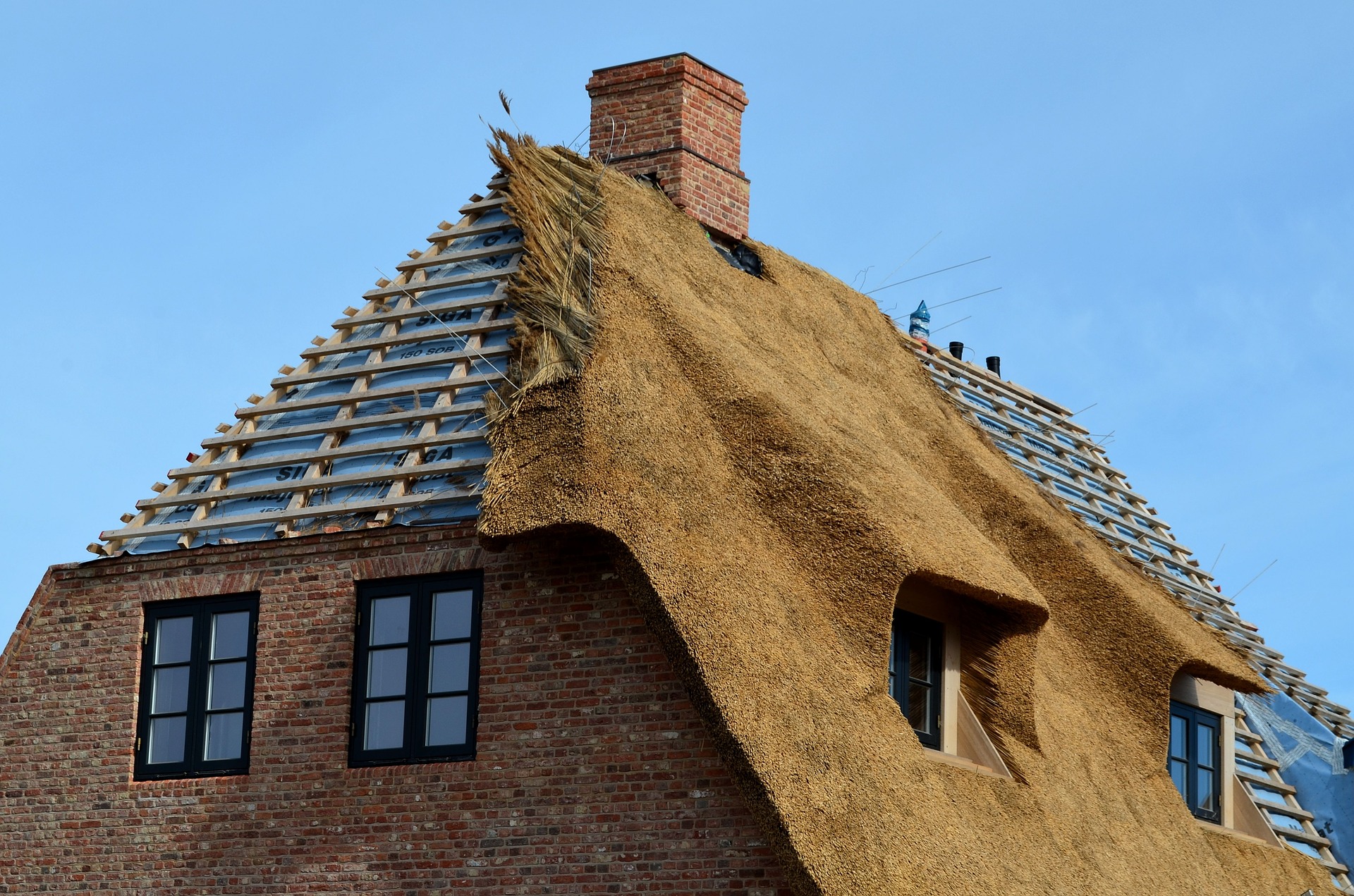

#Build roofs how to
Installing Green Roofs on Historic BuildingsĪs part of the Secretary of the Interior’s Standards for Rehabilitation, the National Park Service provides guidance on how to properly install green roofs on historic buildings. The Whole Building Design Guide, a program of the National Institute of Building Sciences sponsored by numerous Federal agencies, provides information and guidance on green roofs. The US Environmental Protection Agency provides information on green roofs as part of its Heat Island Mitigation program. Green Roofs: Benefits, Costs, Challenges & Opportunities Summary of GSA’s green roof report and its findings, from a presentation to the 2011 GreenGov Conference in Washington, DC: Green Roofs: Benefits, Costs, Challenges & Opportunities: Visit for more information on green roofs.

Stormwater and storm dynamics, field monitoring and computer simulation.The report outlines research needs, including: Installing green roofs on historic buildings.Maintenance requirements to avoid plant loss and other problems.Quality installation and leak prevention.Ensuring a building can structurally support a green roof.The report discusses best practices in detail on topics, including: Primary economic benefits of installing green roofs are lower energy costs, less frequent roof replacement due to greater durability, reduced stormwater management costs, and creation of job opportunities.īest practices for green roof construction and maintenance.Primary green roof costs are related to installation and maintenance.GSA green roof report estimated that green roofs on commercial and public buildings provide a payback, based on 50 year average annual savings, of about 6.2 years nationally, internal rate of return of 5.2%, and an ROI of 224%, based on a net present value of $2.7/square foot.The report includes the cost benefit analysis for green roofs as well, and offers data including: Aesthetics: Green roofs can add beauty and value to buildings.Roof Longevity: Green roofs are expected to last twice as long as conventional roofs.Urban Heat Islands: Cities are generally warmer than other areas, as concrete and asphalt absorb solar radiation, leading to increased energy consumption, heat-related illness and death, and air pollution.Biodiversity and Habitat: Green roofs provide new urban habitat for plants and animals, like birds and insects, thereby increasing biodiversity.Energy: Green roofs reduce building energy use by cooling roofs and providing shading, thermal mass and insulation.Green roofs can reduce the flow of stormwater from a roof by up to 65% and delay the flow rate by up to three hours. The resulting excess runoff damages water quality by sweeping pollutants into water bodies. Stormwater Management: Most urban and suburban areas contain large amounts of paved or constructed surfaces which prevent stormwater from being absorbed into the ground.The benefits section of the report includes: Benefits of well-designed, well-maintained green roofs This report, commissioned by the Office of Federal High Performance Green Buildings, includes a literature review of 200 research studies, in-depth analysis of green roof benefits, an original cost-benefit analysis, discussion of challenges and best practices, and assessment of further research needs. NOAA Satellite Operations Center (Suitland, MD)įull report: The Benefits and Challenges of Green Roofs on Public and Commercial Buildings.Social Security Administration (New Bedford, MA).More guidance and information about green roofs can be found at SF Tool.Įxamples of GSA buildings with green roofs include: Information about green roofs at GSA can be found on the agency’s Green Roof Tracker.

GSA, which currently maintains nearly 2 million square feet of green roofs, has a long history of constructing and maintaining successful green roofs, dating back to the 1930's. Well-designed, engineered and maintained green roofs provide multiple environmental, social, economic and aesthetic benefits. Green roofs - also known as ‘vegetated roofs’ or ‘living roofs’ - are ballasted roofs consisting of a waterproofing membrane, growing medium (soil) and vegetation (plants) overlying a traditional roof. US Coast Guard Headquarters, Washington, D.C.


 0 kommentar(er)
0 kommentar(er)
